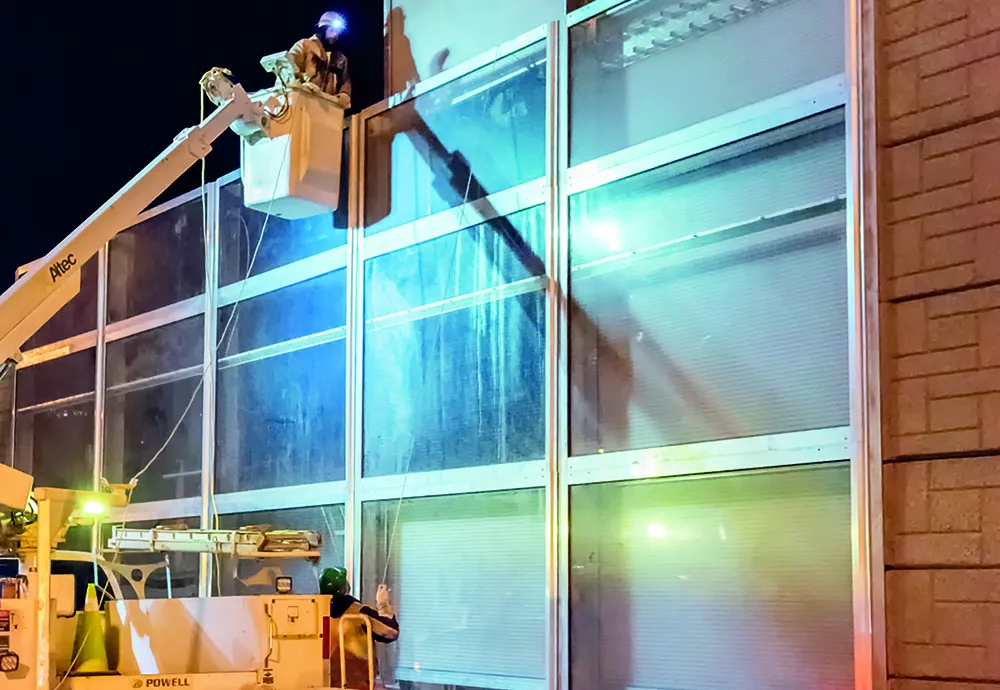
Cooperative ITS (C-ITS) and autonomous vehicle (AV) technology will be a key part of a new road project in Italy.
Webuild has been awarded a majority stake in the contract for key stretches of the Pedemontana Lombarda Highway project in the north of the country. The €1.26 billion contract will see the firm designing and building two sections of highway.
Section B2 will be 12.7km long, running between Lentate sul Seveso and Cesano Maderno. Meanwhile, Section C will be 20km long, running between Cesano Maderno and Milan’s A51 eastern beltway.
The new sections of the Pedemontana Lombarda will have smart technology to allow them to receive self-driving vehicles in the future. The sections will have C-ITS to facilitate communication between vehicles and the highway itself.
Features will include an alert system for accidents, road work and vehicle obstruction; the transmission of speed limits and other driving information to onboard dashboards; and the collection of traffic data.
Webuild will head the consortium handling the contract handling and holds a 70% stake. Meanwhile, Pizzarotti is also a partner.
These sections of highway are to benefit from smart technology that will help with infrastructure maintenance, among other features.
Commissioned by Autostrada Pedemontana Lombarda with Concessioni Autostradali Lombarde as grantor, the project is to be completed for the 2026 Winter Olympics that will be hosted between Milan and Cortina.
Once completed, it is seen supporting an increase in revenue among the local industry of an estimated €4.4 billion in 10 years. Part of the project will also have Webuild clean up areas still suffering from the 1976 industrial chemical disaster in Seveso.
The project will also have installed along the two sections a diagnostic system to monitor potential weaknesses, weight loads, vibrations and temperatures in order to reduce the risk of possible damage to the infrastructure.








